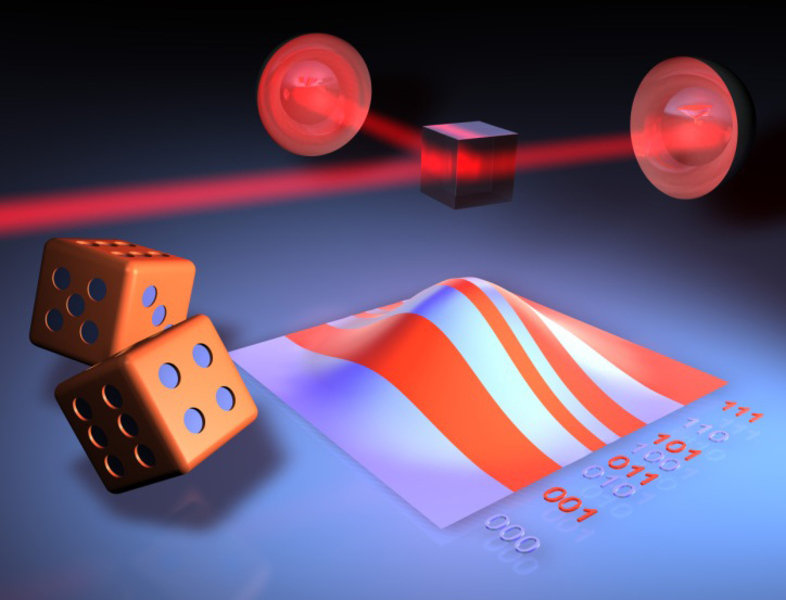'Quantum Entanglement' Is real and experiment shows universe is ‘Spooky’ proving einstein wrong.
Albert Einstein once thought Bell's inequality in quantum theory is an invalid explanation for why entangled particles act the way they do, but a team of Dutch scientists prove the theory correct.
The spooky side of quantum theory turns out to be the real thing when an experiment proved that one theory of the famous genius physicist Albert Einstein could be wrong.
A team of Dutch scientists conducted a study at the Delft University of Technology in the Netherlands and found that they were able to prove that objects can simultaneously affect one another even if separated by great distances.
This is contrary to Einstein's insistence that this "spooky" idea was wrong and that there may be some other yet to be discovered reason why particles behave the way they do.
This experiment is also supportive of John Bell's inequality, which has, up to this point, been fraught with experiments that have certain flaws or loopholes that spur debates on its credibility.
According to the study published in the journal Nature, researchers placed diamonds with a lone electron in two locations that are 1.3 kilometer apart and was able to demonstrate that the particles have a clear connection.

Bell's inequality stated that quantum mechanics function in contrary to the local-realist theory, which claims that entangled particles can only affect each other within a certain distance and all the behavior pertaining to these particles can be predicted.
But with the result of the new study, experts believe they may have cemendted over the loopholes from past experiments. The researchers claim to have found the validity of Bell's inequality, that particles are entangled and always connected in a way that they can affect one another regardless of the distance.
Other physicists applaud the results of the experiment, saying it could bring the research on quantum mechanics to a whole new level.
"I think this is a beautiful and ingenious experiment and it will help to push the entire field forward," said David Kaiser of the M.I.T. He was not involved in the study, but added that the results will probably not eliminate all the doubts on Bell's inequality.
Another physicist, Leonard Susskind from Stanford was equally impressed with the experiment and agreed that the results showed how far the field of quantum mechanics has come.
"What I do find interesting is that the experimenters are learning how to manipulate quantum systems, and do experiments that are far beyond what was possible when I was starting in physics," Susskind said.
The experiment also has important implications for technologies that use the principles of quantum mechanics, for example, cryptography.

"Loopholes can be backdoors into systems," said Professor Ronald Hanson, who led the team of researchers. "When you go loophole-free then you add an extra layer of security and you can be absolutely certain there is no way for hackers to get in."



